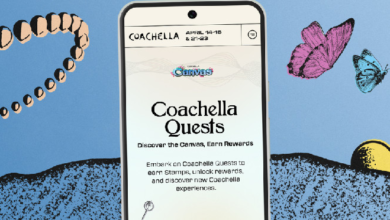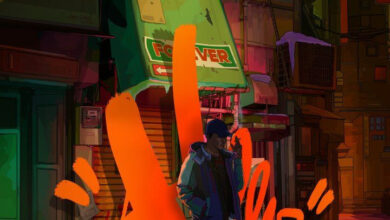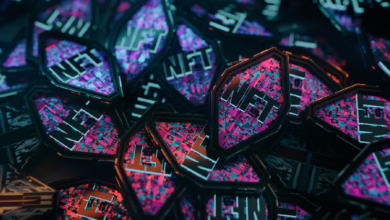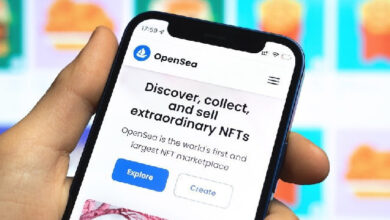Where Does Azuki Elementals Crisis Come From? Is There A New Path?
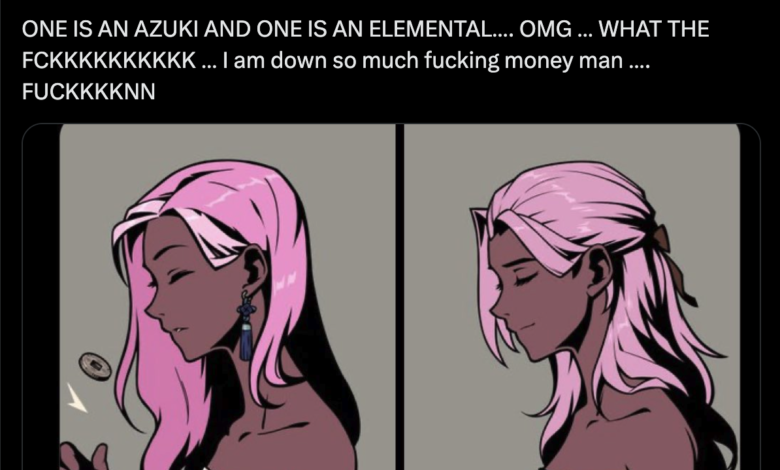
The beginning of the disappointment that the NFT blue chip project brought
Azuki, one of the most solid blue-chip projects in the NFT bear market, announced the debut of a new series of Azuki Elementals, which piqued the interest of many investors, and the animated promotional video, which lasted more than one minute, exceeded expectations.
The Azuki Elementals are the third addition to Azuki’s rapidly growing cosmos, after Azuki’s genesis collection and Beanz. Elementals are made up of 20,000 NFTs and span four distinct domains (Lightning, Earth, Water, and Fire). At the project’s recent Vegas event, the first 10,000 Azuki tokens were airdropped to Azuki holders. The remainder were auctioned in an Elementals auction.
When it comes to the NFT market, there are many projects that continue to produce new series, but most of them cannot avoid the end of word of mouth, and Azuki is no exception. The holders discovered that Azuki Elementals is a large-scale rollover scene of the buyer presentation, which is too different from the promotional video with the formal launch of the map. Azuki Elementals openly plagiarized its own coursework, which is quite similar to the old Azuki and the new NFT. Instead of saying that this is a new project, state that it is Azuki’s extra problem.
The mint prompted a broad range of responses, with many (mainly Azuki holders) ecstatic about their successful minting experience, while others were frustrated because, despite arriving on time, they were unable to acquire a mint. There was no minting restriction set on Azukis for pre-sale, allowing numerous people to mint more than 10, with one person minting an astonishing 332 Elementals. Nonetheless, many Beanz holders were unable to mint.
Elementals arranged three rounds of sales and sold them all in 15 minutes, generating $38 million for the team. Nevertheless, when the NFT art picture of Elementals was announced, purchasers discovered that it was very similar to the Azuki series, causing outrage in the community. The Elementals series’ floor price fell swiftly from the original 2 ETH to a minimum of 1.32 ETH; the Azuki series was also impacted, triggering the price decline.

On June 29, on-chain experts discovered that Azuki had moved 20,000 ETH (about $37 million) to Coinbase Prime from the sale of the Elementals series.
Azuki’s answer
Azuki is the first, while Elementals is the second. The art styles of the two groups are identical. They first mistook them for the same series. If you enjoy this type of art, make one and use it as your social avatar; no one will be able to determine whether you’re carrying Azuki or Elementals. Yet their prices are diametrically opposed.
The former has a pre-sale floor price of 17 ETH, while the latter has an initial floor price of 2 ETH. This substantially reduced Azuki’s worth, and when Elementals appeared, it caused a sell-off and a price collapse. This led the holders’ faith in the community to crumble.
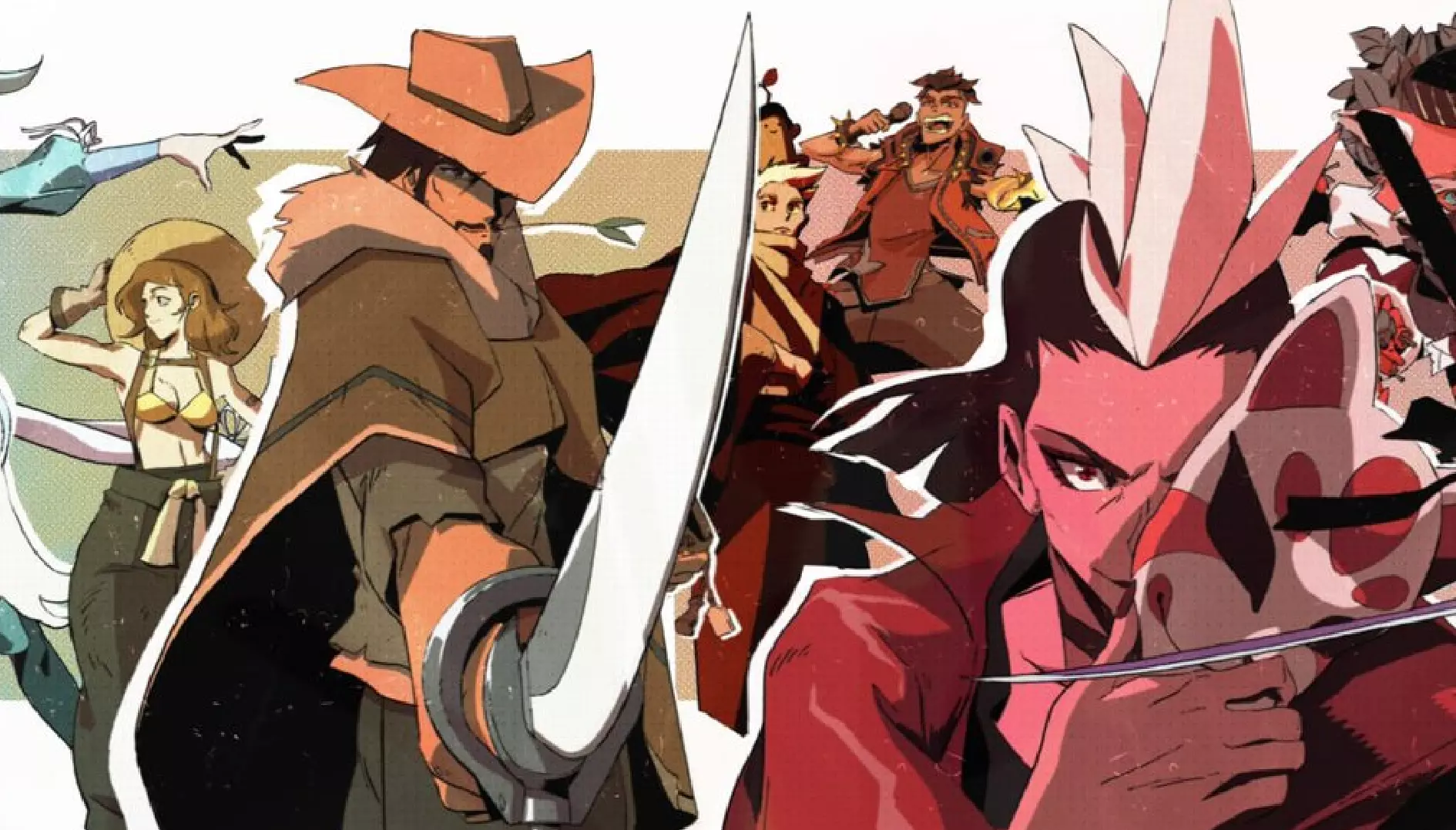
In response to community criticism, the official Azuki tweet said that the team has been attempting to utilize the original Azuki column as the heart of their universe’s functioning, but this has not been well conveyed to the community. Azuki holders will always get the greatest priority and over-allocation in future prizes, airdrops, and experiences according to their status.
About the casting of Elementals this time, Azuki said that it was influenced by NBA Top Shot and combined AI/social media components, with the goal of providing everyone with a live social experience that creates a feeling of immersion, although they confess that they failed at one point. At the same time, the team intended for the airdrop to provide anybody an opportunity to acquire uncommon NFTs, but they made a mistake in allocating suitable weights to the ranks, which overcomplicated its mechanics.
According to multiple community members, Azuki also recommended various corrective steps and future plans at this discussion, including holding a community vote to change the art of Elementals, including replacing the original solid color backdrop of Elementals. To make it more noticeable, it has been changed to a new floating backdrop.
Later, the “Collector System” will be implemented, and the rights and interests granted by this new system will be defined by the various series, NFT rarity, and holding. There are criteria such as time and badges, and the seller’s conduct will effect the points gained (even if they are bought back).
Azuki thinks that IP/Web3 technology has the potential to disrupt the animation business, and they are collaborating with talented animators to create animation. There will be participatory experiences such as leveraging NPC encounters to mint tokens or collectibles, and the whole manufacturing process will be totally self-funded. The team and holders will have complete control over and profit from the animation, with all proceeds going back to the Azuki project.
At the same time, Green beans will be utilized in animations, but they cannot be sold and can only be obtained by OG Azuki holders; the Beanz series will have its own roadmap, and the team will investigate community content and create some short animations.
Several people have made fascinating connections between Yuga and Azuki, comparing BAYC to Azuki, Elementals to MAYC, and Beanz to BAKC. Yuga and Azuki have both firmly established themselves as blue-chip projects with a plethora of collections inside their own ecosystems. Although such analogies are logical given the structural similarities, they tend to miss these enterprises’ individual personalities and goals.
Conclusion
Notwithstanding these parallels, the Azuki team has been unambiguous in establishing its own identity and agenda. They claim that their goal and ambitions are distinctively their own, rather than a carbon copy of previous ventures. Azuki’s previous mints and large events have always been executed to a high standard.
But it’s not all terrible news. Great news arrived in the shape of an Azuki anime series, which is presently being produced as shorts. The team views this as a chance to use decentralized IP and Web3 technologies to disrupt the anime business. The anime is self-funded, and the crew is looking at ways for OG Azuki owners to license their NFTs for inclusion in the series.
DISCLAIMER: The information on this website is provided as general market commentary and does not constitute investment advice. We encourage you to do your own research before investing.


